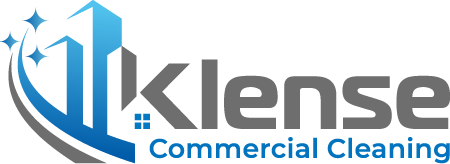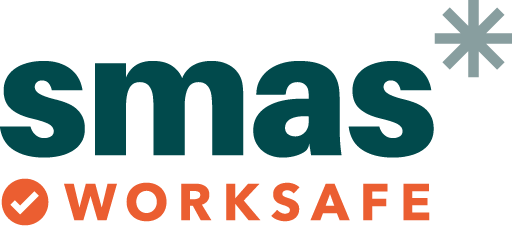The world has shifted, and as businesses reopen in the post-pandemic era, cleaning standards have dramatically evolved. Business owners and managers need to recognize that post-pandemic cleaning goes beyond the typical janitorial services of yesteryears. Ensuring a safe, sanitary environment for both employees and customers has become a paramount concern.
Understanding the New Cleaning Norm
The pandemic has underscored the importance of hygiene. While it’s true that businesses have always prioritized cleanliness, there’s a renewed emphasis on it now. This is not just about cleanliness for appearance’s sake but about creating environments that are genuinely sanitary and safe.
Adopting a Proactive Stance
Rather than being reactive, businesses are now advised to adopt proactive measures. This includes daily disinfection of high-touch surfaces such as door handles, elevator buttons, and payment terminals. Proactive cleaning can help prevent the spread of viruses and other pathogens, ensuring your workspace is not just clean, but also hygienic.
Regular Deep Cleaning
Routine cleaning is essential, but regular deep cleaning sessions take hygiene to the next level. These sessions target areas that might be overlooked during daily cleans, ensuring every nook and cranny is sanitized. This not only ensures a safer environment but also instills confidence among employees and customers that management is committed to their well-being.
Training and Educating Staff
It’s crucial for all staff members, not just the cleaning crew, to be educated about best cleaning practices. This includes understanding the importance of wearing gloves when cleaning, using the right disinfectants, and knowing how to dispose of cleaning materials safely.
Invest in Quality Cleaning Supplies
All cleaning agents are not made equal. Investing in high-quality, EPA-approved disinfectants ensures that pathogens are effectively eliminated. Similarly, using microfiber cloths can help trap dirt and pathogens more efficiently than regular rags.
Ventilation Matters
Proper ventilation has been identified as a key factor in preventing the spread of airborne viruses. Regularly checking and maintaining HVAC systems and ensuring that fresh air circulates within the premises can help reduce the risk of viral transmissions.
Implementing Technology
Consider integrating technology into your cleaning routines. UV-C light, for instance, has been shown to be effective in killing certain pathogens. Electrostatic sprayers, which give disinfectants a positive charge so they cling to surfaces better, can be another valuable addition.
Feedback and Adaptability
Finally, be open to feedback. Encourage employees and customers to share their observations and concerns regarding cleanliness. Regularly review and update cleaning protocols based on this feedback and the latest guidelines from health organizations.
In conclusion, as businesses adapt to the new normal, the definition of a “clean space” has been fundamentally transformed. It’s no longer just about a spotless appearance but about ensuring holistic hygiene and safety. By adopting these best practices, businesses can ensure they’re well-equipped to face the challenges of the post-pandemic world and beyond.


